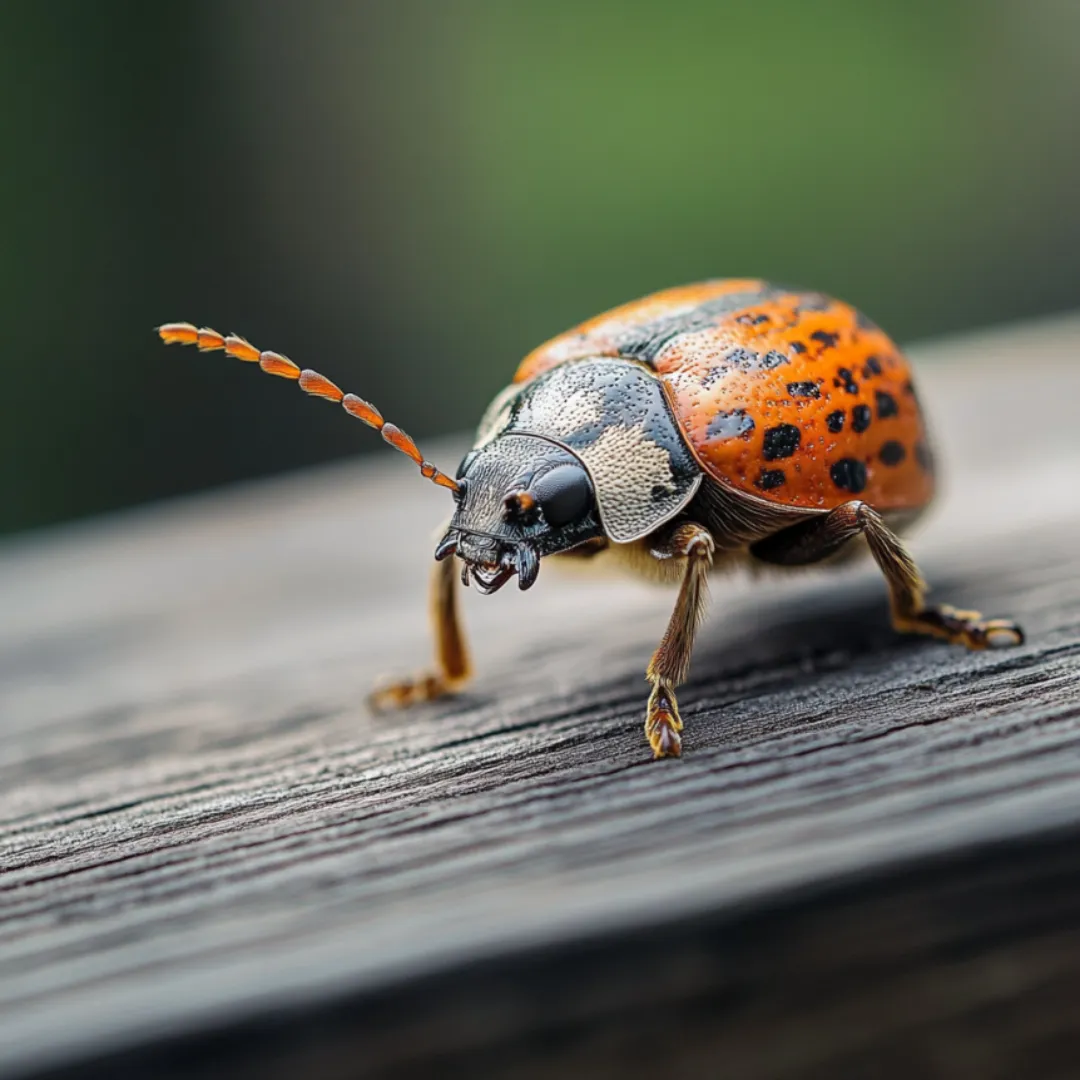
The St. Catharines Pest Journal
The St. Catharines Pest Control Journal

Back-to-School, Bug-Free: Pest-Proofing Your Home
Thorough Home Inspection
A detailed home inspection is essential to identify potential risks and areas susceptible to pest infestations. Here’s how to conduct an effective inspection:
Exterior Inspection:
Foundation Check: Examine the foundation for cracks or crevices that could allow pests to enter.
Roof and Gutters: Inspect the roof and gutters for damage that might collect water and attract pests or provide entry points.
Interior Inspection:
Kitchens and Bathrooms: These areas are particularly vulnerable due to the presence of water and food sources. Check under sinks, appliances, and around pipes for any signs of pests.
Attics and Basements: These less frequented areas can become breeding grounds for pests. Look for signs of nests, droppings, or structural damage that could indicate an infestation.
Windows and Doors:
Seals and Screens: Ensure all windows and doors have tight-fitting screens and weather stripping to prevent pests from entering.
Frame Integrity: Check for gaps or decay in the frames that could offer pests easy access.
Ventilation Systems:
Vents and Chimneys: Inspect vents and chimneys for blockages or damage that could allow pests to enter or gather.
HVAC Units: Examine air conditioning and heating units for signs of pest activity, as these can be entry points or nesting areas.
Utility Entry Points:
Piping and Wiring: Inspect where utilities enter the home. Seal any gaps with caulking or mesh to prevent pest entry.
Garage and Basement Entries: Pay special attention to less-sealed areas like garages and basements that might provide easier access for pests.
Seal and Secure
To effectively keep pests out of your home, it’s essential to focus on sealing and securing potential entry points. Here’s a step-by-step guide to ensure your home remains fortified against invaders:
Windows and Doors:
Inspect Screens: Check all window and door screens for tears or holes. Repair or replace any damaged screens to prevent insects from entering.
Examine Seals: Ensure that all windows and doors close tightly. Replace any worn or damaged seals to close off small gaps that might allow pests access.
Cracks and Crevices:
Foundation Checks: Walk around your home’s foundation and use caulk or cement to seal any visible cracks. This prevents insects and small rodents from sneaking in.
Walls and Siding: Inspect exterior walls for cracks or openings. Seal these areas with appropriate materials like silicone caulk or expanding foam, especially where utility lines enter.
Utility Entries:
Pipes and Vents: Check where utility services (water, gas, electricity) enter your home. Seal gaps with steel wool or copper mesh followed by a layer of caulk to deter pests.
Exhaust Vents: Ensure that all exterior exhaust vents have working flaps that close properly when not in use and are free from holes or other damages.
Roof and Eaves:
Roof Inspections: Regularly inspect the roof for loose shingles or tiles under which pests could nest. Seal any gaps found and repair damages promptly.
Secure Eaves and Soffits: Check eaves and soffits for signs of decay or holes. Repair any damages and ensure they are securely attached to prevent animal entry.
Garage Doors:
Bottom Seals: Inspect and replace the weather stripping on the bottom of your garage door if it is worn out or damaged to keep out crawling pests.
Side Gaps: Ensure that the sides of the garage doors fit snugly against the frame without leaving gaps.
6. Chimneys and Attic Vents:
Cap Chimneys: Install or inspect chimney caps to prevent birds, bats, and other wildlife from entering.
Secure Attic Vents: Check attic vents and other openings high on your home for signs of wear or damage. Use wire mesh to secure these areas without restricting airflow.
Declutter and Clean
Keeping your home organized and clean is a critical step in pest prevention, especially as routines shift with the school year starting. Here’s how to ensure your home remains pest-free through effective decluttering and cleaning:
Reduce Clutter:
Organize Living Spaces: Go through each room and remove unnecessary items. Clutter provides perfect hiding and nesting spots for pests.
Children’s Areas: Pay special attention to children's rooms, play areas, and study spaces. Organize toys, books, and craft supplies into closed storage to limit pest hiding spots.
Deep Clean:
Under Furniture: Move furniture and vacuum or sweep the areas underneath. Pests like dust mites, pet hair, and crumbs can accumulate in these hard-to-reach spots.
Inside Cabinets: Empty kitchen and bathroom cabinets. Clean the shelves and replace items neatly, discarding any expired products or unused items that can attract pests.
Behind Appliances: Pull out appliances like stoves, refrigerators, and washers to clean behind and underneath them. These areas can accumulate food debris and moisture that attract pests.
Focus on High-Traffic Areas:
Sanitize Bathrooms:
Regular Cleaning: Regularly scrub sinks, tubs, and toilets to prevent mold and mildew buildup, which can attract pests.
Check Drains: Ensure that all bathroom drains are clear of hair and soap buildup to prevent stagnant water that can breed pests.
Laundry Management:
Wash Bedding: Wash bedding and throw rugs regularly in hot water to kill dust mites and other potential allergens.
Manage Dirty Laundry: Keep dirty laundry in sealed bins and wash regularly to prevent odors and residues that could attract pests.
By taking proactive steps now, you can ensure that your living space remains comfortable and conducive to learning and relaxation all year round. For more information on our services or to schedule an inspection, visit our website or contact us directly.

Schedule a Pest Inspection
Ready to schedule a pest inspection? Contact us today.

